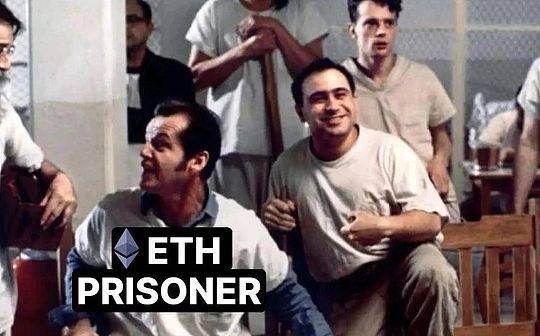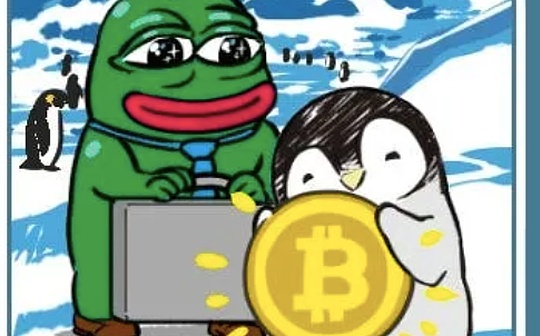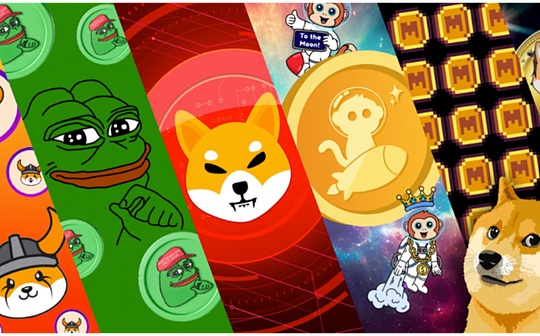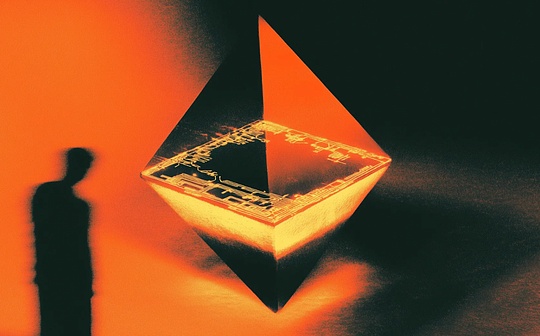
Author: WASD Source: Mirror Translation: Shan Ouba, Bitchain Vision
If you often read blockchain information, especially collecting related content, it is likely to know what “base” is.
But for those who do not know much about the blockchain, “Base” is a “Optimistic Rollup” developed by Coinbase, which is built based on OP Stack.
Although from the perspective of TVL and other indicators, it may not be as attractive as old -fashioned networks such as Arbitrum or OP main network, but since its launch in August 2023, Base has maintained a steady growth.
Although this Layer2 is famous for its social and creators’ economic use cases, it has quietly become the center of the experiment on games and other cool chains.
Can “Base” become the leader of this field?Let’s wait and see!
Why choose base
Before studying some separate projects, let’s explain why the base is very suitable for the game.
Scalability:
As L2, compared to Ethereum L1, Base can achieve a significant and higher TPS.
This is for chain gamesPerfectionBecause they need a lot of low -cost transactions to provide players with a smooth and easy -to -access experience.
EVM compatibility:
Base is compatible with EVM, allowing developers to use existing development tools or migrate their DAPP from other networks.
Especially for chain games, this means that the team can use EVM compatible engines such as MUD or Paima.
Coinbase support:
In the long run, games based on Base -based chain should be able to use Coinbase’s huge existing user base.
Base is integrated with Coinbase’s product kit. Whether it is supporting the CEX bridge or using the Coinbase Wallet for free USDC transfer on L2.
In addition, the team also provides extensive support for developers, focusing on projects built on the Internet, and distributing gifts from developers.
Base game
Now we have learned about the value proposition related to the game and the game on the chain. Let us see some real -time playable games on the Internet.
Frenpet
>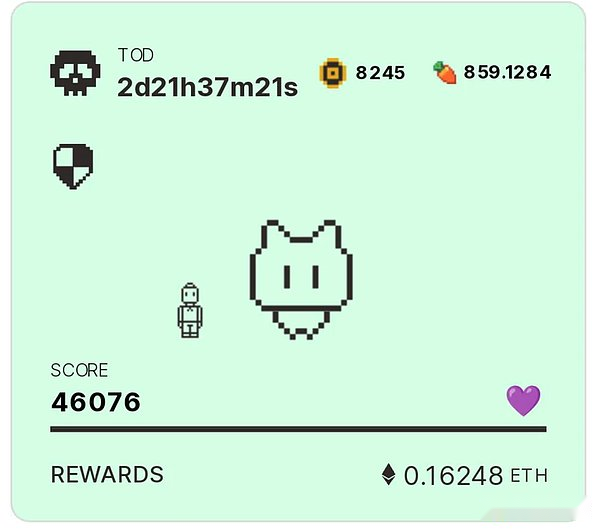
Frenpet is a Tamigotchi -style mobile game that you can take care of a pet on a chain.
In addition to taking care of your pets, you can also participate in different activities, such as fighting with other players, buying cosmetics in boutique shops in the game, and participating in “rotating wheels” and “dice” in Frenpet Arcade.
Each Frenpet is represented by NFT and can be cast with 10 FP tokens ($ 7). If you ignore it, it will be burned.
$ FP is an ERC-20 token that needs to pay 5% of the transaction tax, but part of this fee will be assigned to players in the form of ETH as a reward, and the scores of all players in the game are allocated proportionally.
(That is, the more you score, the greater the award you get.)
Overall, if you like simple and casual mobile games, then you should enjoy fun in Frenpet.
The retaining mechanism is very smart because it inspires players to participate and rises to maximize their rewards.
However, considering its leisure nature and the type of player who likes to go deeply, I have never invested 100%.
Words 3
>
Words3 is a PVP text game developed by Small Brain Games.
Words3 is similar to Scrabble or Words with Friends; when you compete with other players to form words and earn points.
However, unlike those offline games, you must pay ETH to use the letters, and the price of the letters will change according to their needs throughout the game.
Word game 3 is performed in a limited time round.
At the end of a round, ETH spent throughout the process will be re -assigned to players based on the player’s profitability or the scores obtained from ETH they spent.
I like Words3 because it combines strategies, speed and creativity in a game that is easy to get started (but difficult to master).
I participate in Words3 community rounds hosted by WASD and [We] every week.
Having said that, I think the game can benefit from burning wallets to promote a smoother experience, as well as tutorials or guidelines that provide more information about strategies and how to play.
Drawtech
>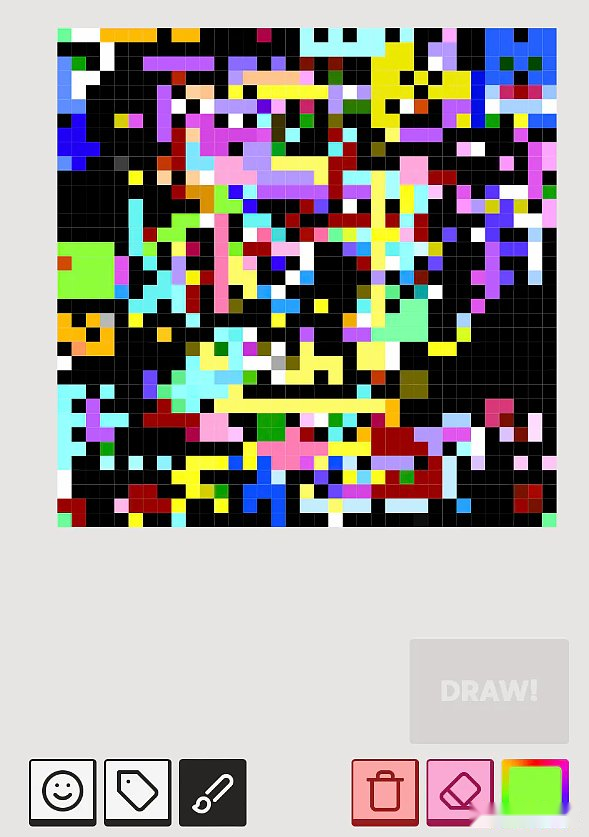
Drawtech is a PVP painting game developed by Small Brain Games.
As the first mobile chain game in history, Drawtech was built as PWA, and used PRIVY to log in and host embedded wallet.
In the game, you will compete for the color on the shared grid.
Similar to Words3, you have to pay ETH to do this. Each block has its own price and is determined by the needs of the player.
Suppose they do not cover you, every time the player is coloring on a block, you will get a part of the ETH they spend, and the proportion is proportional to the number you control.
Although I like the underlying mechanism and earn some opportunities for ETH, I do think that the price of the game will soon become very expensive, so that new players will be discouraged.
Nevertheless, as the first mobile game, this is a huge leap for the game on the chain.
Landtorn
>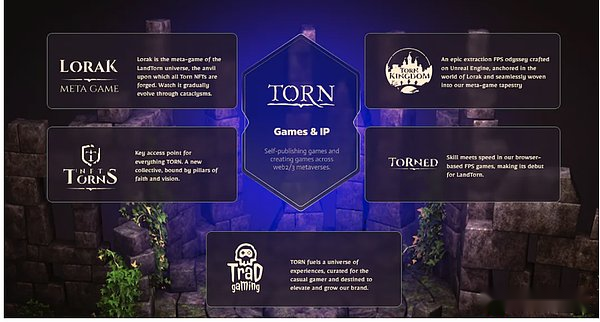
Landtorn aims to build a connected chain game ecosystem.
You can see the project similar to the Realms on the Treasure Dao or StarkNet on Arbitrum, because Landtorn acts as the role of game publishers and distributors to unify its ecosystem around shared tokens.
According to these routes, the games released in the Landtorn ecosystem will use $ Torn, and at the same time participate in larger meta games and economy.
The first game of the project is Lorak, an idle game, similar to the BridgewORLD and Eternum of Treasure Dao, as a meta game of an ecosystem.
In Lorak, you will cast a “settleer NFT”, you can use it to complete the dungeon and get warrior.
The torrential products are NFT, which can be sold for the second ERC-20 token, $ Shard.
$ Shard, as the main tokens of Lorak itself because it can be used to upgrade your settlers and enter certain dungeons.
This is to achieve your ultimate goal, that is, discovery items called “myth”. These items can be used to cast “Torn Lords”, which is a rare collection containing 500 NFT.
Overall, the vision of creating a interconnected game ecosystem pursued by Landtorn is very interesting, although Lorak itself is complicated.
Although the rhythm of this game is not fast, I like to improve my ranking on the rankings, especially when there are not many players now.
Cambria
>
Cambria is a studio for making a variety of games, including Duel Arena, Degen Wars, and Gold Rush.
DEGEN WARS is a 2D MMO inspired by games such as RuneScape and Ultima Online.
Among them, players compete for territory and resources by participating in PVP battle as part of the tribe.
Their second game, Degen Arena, is now the main focus of the team.In Arena, players can challenge each other to perform 1 to 1 duel.
Dueling uses the betting mechanism. Users can use ETH, NFT, Friendtech points or other assets on Base as bets. These prizes will be owned by the winner of the battle.
The duel participants will earn Essence Points, so that you are qualified to get the upcoming duel campaign token.
You can also participate in free duels, in which you can earn Arena tokens, which is another currency for purchasing other products such as cosmetics.
I found that Degen Arena is very interesting. There are many opportunities to chat, compete, show NFT, and even win some ETH.
I am very excited to continue to play and look forward to seeing the future upgrade, such as implementing guilds.
Other games on Base
There are also several interesting chain games, projects or experiments on the base.
These include:
-
Basepaint, a collaborative chain art project.
-
DOT, an agreement allows you to create a favorite pixel art
-
Land, Labor, Capital (LLC), a tycoon game deployed in Base.
Watch base
As you can see, the Base’s chain game ecosystem is booming.
At present, many games built on L2 can be played, they bring unique gameplay mechanisms, mechanisms and economic design.
In these games, the scalability, EVM compatibility, and connection with Coinbase make it in a favorable position and can continue to become the leading chain game ecosystem.
If you pay attention to the game on the chain, don’t ignore the base.



